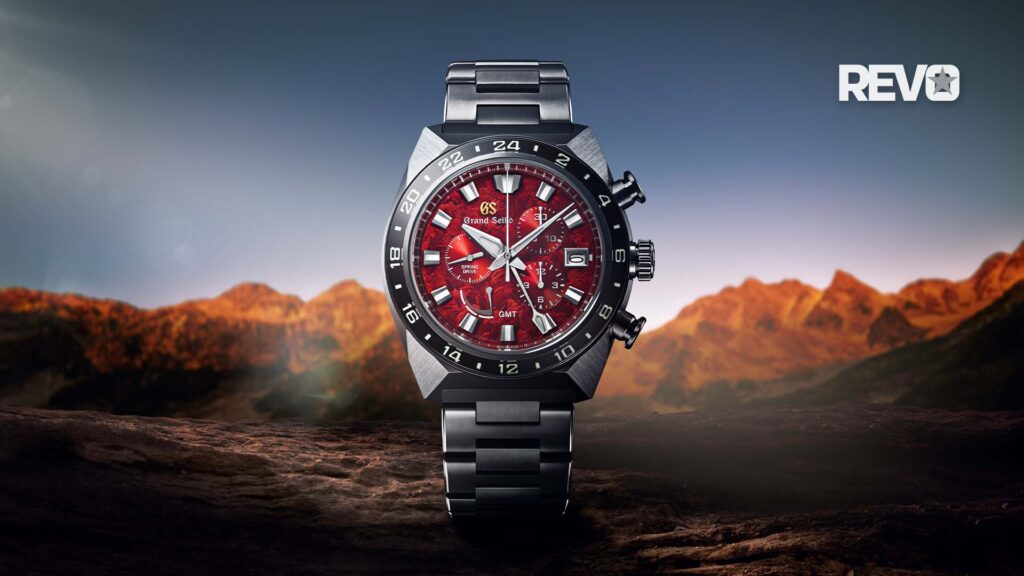Chopard
What Happened to Baselworld?
If I were to sum up the press release that Rolex, Tudor, Patek Philippe, Chopard and Chanel jointly sent out last month to the world, announcing that they would be stepping away from Baselworld and collaborating with the Foundation de la Haute Horlogerie (FHH), that would be it.
Break-ups are never easy, nor are they comfortable, especially when they aren’t mutual. And when you look at the entire length of Baselworld’s relationship with the watch industry, it feels like the plot of Marriage Story.
Many articles have been written about the relationship the watch press has had with Baselworld, including right here at Revolution. Our USA editor-in-chief, Stephen Watson, has penned an op-ed about his longstanding frustrations with Baselworld. Oddly some of the reasons why he disliked Baselworld were some of the reasons why I enjoyed it.
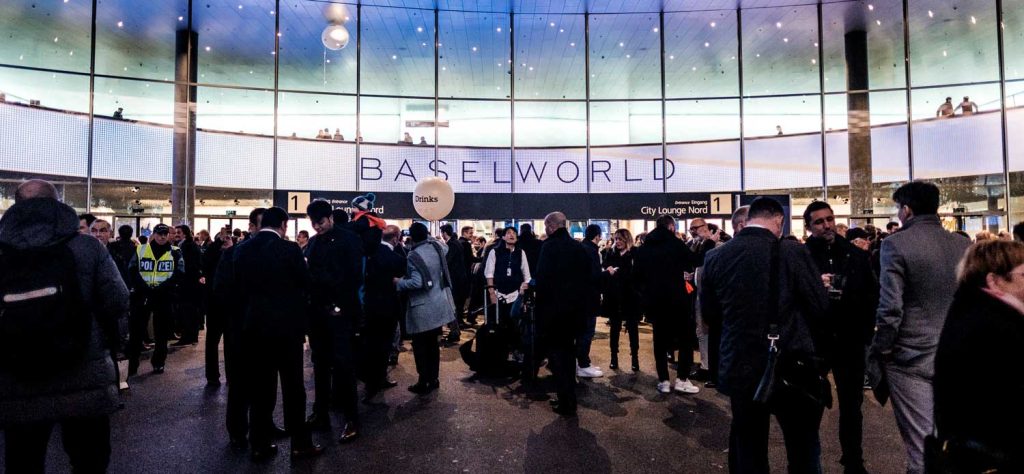
Evenings at Messe Basel during Baselworld 2018 (© Revolution)
You may be confused. I’m not referring to the facilities or the overpriced sausages (our founder, Wei Koh has more than made his thoughts about CHF8.50 sausages clear, and I dare say he speaks for pretty much all the fair visitors on this matter). Baselworld was thrilling to be in because it was where you saw brands big and small, both at the fair itself and in satellite programs across the city.
The Good, the Bad and the Ugly
As a journalist, the day was dictated by how diligent you wanted to be. You could stick to your business guns and focus only on brands that had an affiliation with your brand, or max out your time and meet everyone from leather strap suppliers to gemologists and jewelers you would not have had the opportunity to encounter otherwise.
Baselworld was great because it was messy. It was exhausting, not at all luxurious but it honestly gave us an overview of a very complex industry supply chain we would not otherwise have insight into. What I didn’t like about it was how the differentiation between the biggest, most glamorous brands in Hall 1.0 and the smallest family-owned ones were in the former Hall 2.1. Or how the independents had to basically erect a tent across the road and put in mobile heaters to exhibit their watches.
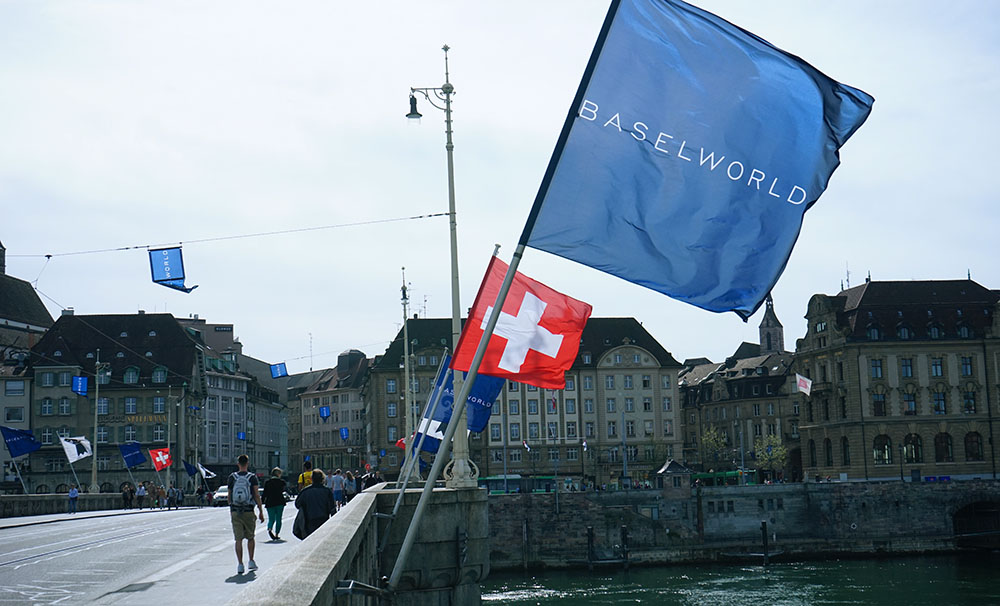
Signs across the city highlight the importance of the Baselworld fair.
For all that Switzerland is run very much as a co-operative, and considering that the biggest investors in the MCH Group are local and regional governments, it’s odd that the fair organizers are not more inclusive of their participants, regardless of size or wealth. It’s also interesting to me that, in comments made to Revolution, Rolex highlighted that they “had not been entirely satisfied with Baselworld for several years now; nevertheless, we have carried on, endeavoured to come to an agreement, and find solutions that suit both parties. Unfortunately, and in spite of the change in management, we have not succeeded.”
What is interesting to me is that this sentiment is repeated by many other brands we have spoken with, many of whom are now in limbo and waiting for Baselworld to provide some sort of insight as to what they are planning. In conversation with the Co-CEO of Oris, Rolf Studer last week, as Oris was about to launch a new collaboration watch with Japanese denim label Momotaro on a Zoom webcast with over 720 loyal fans watching, he pointed out the significance of an inclusive platform and fair, rather than an exclusive one.
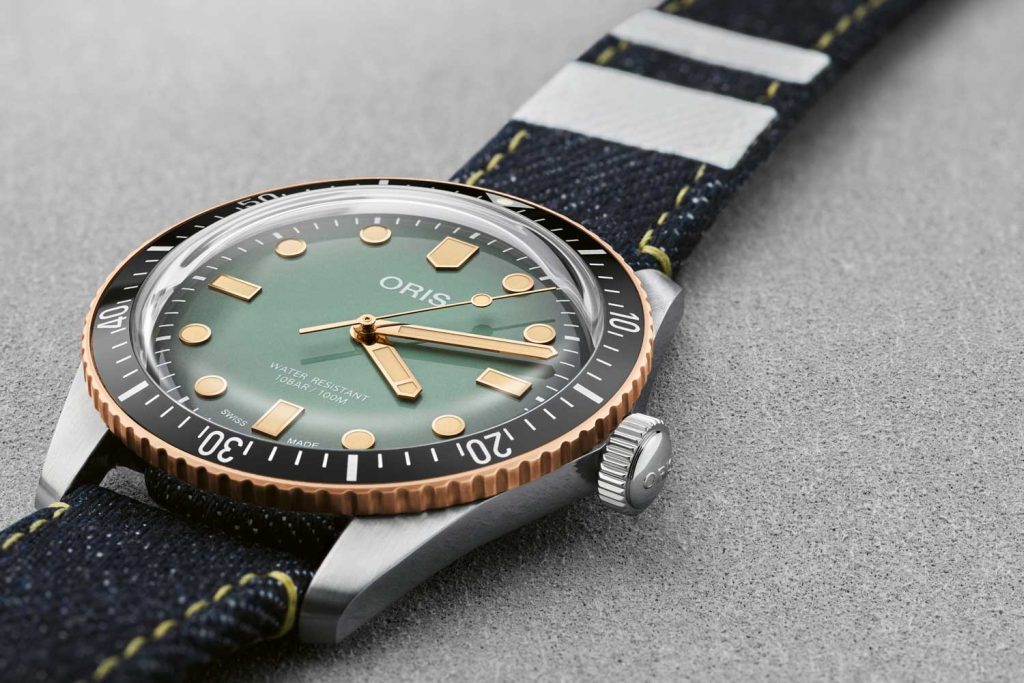
Oris Divers Sixty-Five Oris x Momotaro Edition
The success of the cast and its subsequent retail performance online (the first watch was sold within minutes of the conclusion of that webcast) demonstrates an alternative that brands such as Oris, with a strong and loyal following, might possibly follow. Granted, this is not a possible solution for many brands that remain relatively obscure and lack the marketing resources or even know-how to develop a following. It’s also an uneven fight that larger groups or brands with greater financial resources will undoubtedly win, while smaller brands are left to compete with Kickstarter labels for attention.
Read about why Seiko and other brands have left Baselworld, over the years.
He also pointed out that while Baselworld has helped Frederique Constant to grow over the last two decades, it’s also witnessed decreasing numbers of visitors in 2019. But like Oris, Frederique Constant has alternatives at hand: as a Geneva-based manufacture, it’s welcomed visitors to its manufacture during the days of SIHH, now Watches and Wonders.
It’s Not Just the Money
Rolex further highlighted that their two main grievances with Baselworld did not actually include the financial arrangements that MCH Group had made with regards to refunds and payments for moving Baselworld to January 2021. That was a matter that Mr du Plessix, the president of the exhibitors committee and head of investments and logistics at Rolex, had raised to the MCH Group, and the European Watchmaking Permanent Committee (CPHE) had raised to them as well.
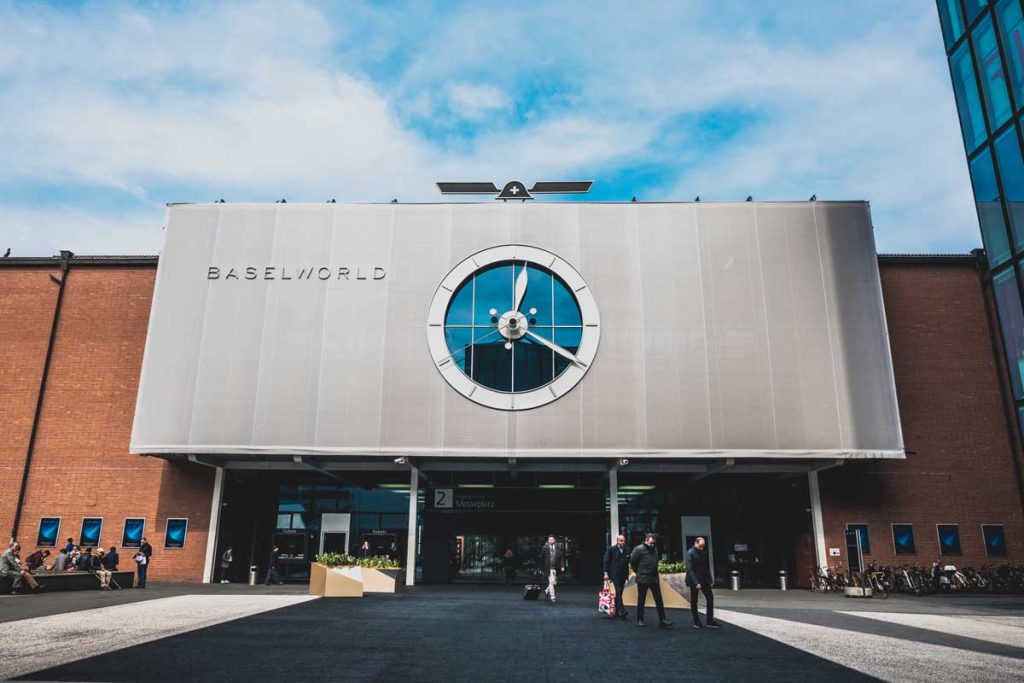
The entrance way of Hall 2.0 in the concluding days of Baselworld 2018 (© Revolution)
Instead, the brand pointed out the decision to shift the exhibition and “its ongoing inability to meet our needs and expectations”. Harsh words indeed. In addition, they pointed out that “the world is changing, trade fairs must evolve and we must also move with the times. To do this, we need the right partner and organization.” Now that is a scold, from a brand that considers a 1mm size increase a big deal.
It is true, however, that the fair feels increasingly out of sync with an interconnected, Internet-linked world. And this isn’t only an issue of bad WiFi signals, as again, our founder has attested to over and over. Rather it’s a little closer to what my colleague Stephen Hale Watson hints at, with regards to the quality of the fair. And indeed a shared sentiment with Mr Studer when he pointed out how ludicrous it was for fair visitors to be able to purchase a ticket, and then stand and hover outside the glass walls of dramatic booths in Hall 1 pressing their faces against the glass to stare at the latest novelties housed within, while security guards stood outside each booth to make sure only those with the right credentials could enter.
It’s not just because of the rise of social media or civilian journalism on these platforms. Regardless of my personal opinions about influencers, I think that anyone who has a valid and well-reasoned opinion on product design should have the freedom of expressing it and sharing it with the world. But Mr Studer and what Rolex is implying are correct: we should be finding a way to transform a trade show into a consumer-friendly experience, instead of trying to limit their access in some sort of meaningless elitism.
Chopard’s Co-President, Mr Karl-Friedrich Scheufele, puts it across in a very clear and frank manner. “After careful consideration, and not without emotion, our Family has decided to join the Rolex initiative and thus leave Baselworld. The creation of this new watchmaking trade show in Geneva, in parallel with Watches & Wonders, will enable us to better serve both our partners in the watch industry and our clients.”
Who Suffers?
The two biggest names of the departing brands, Patek Philippe and Rolex, have over the course of many years and conversations, sworn by Baselworld. As journalists, when the Swatch Group, and following them, a flurry of other brands departed Baselworld, we joked that should Rolex or Patek Philippe choose to leave, there would be little reason to still visit Baselworld. Now that this shocking reality has come true, would journalists still visit Baselworld?

Rolex booth at Baselworld 2019
Sad to say, a significant portion of retailers and journalists would certainly step away from the fair. The loss of the five brands and the LVMH Group as well, has weakened the fair’s representative power. It also weakens the hand of each and every independent, small production watchmaker that counts on the pulling power of the heavyweights to entice our attention. That’s not to say that it can’t happen online or via other channels. However, it would require more effort and work on their part to reach us, rather than the other way round.
Of course it’s worth noting that all the brands leaving with Rolex are independent houses, and as such, might well champion other independent brands who might wish to join them. It should be noted that they chose to develop a separate platform from Watches & Wonders, but alongside it, meaning we should expect a different format and plan for this new show. Rolex has pointed out that “other brands could be added in the future, according to terms that are yet to be defined, and if they share the vision of the founding brands”.
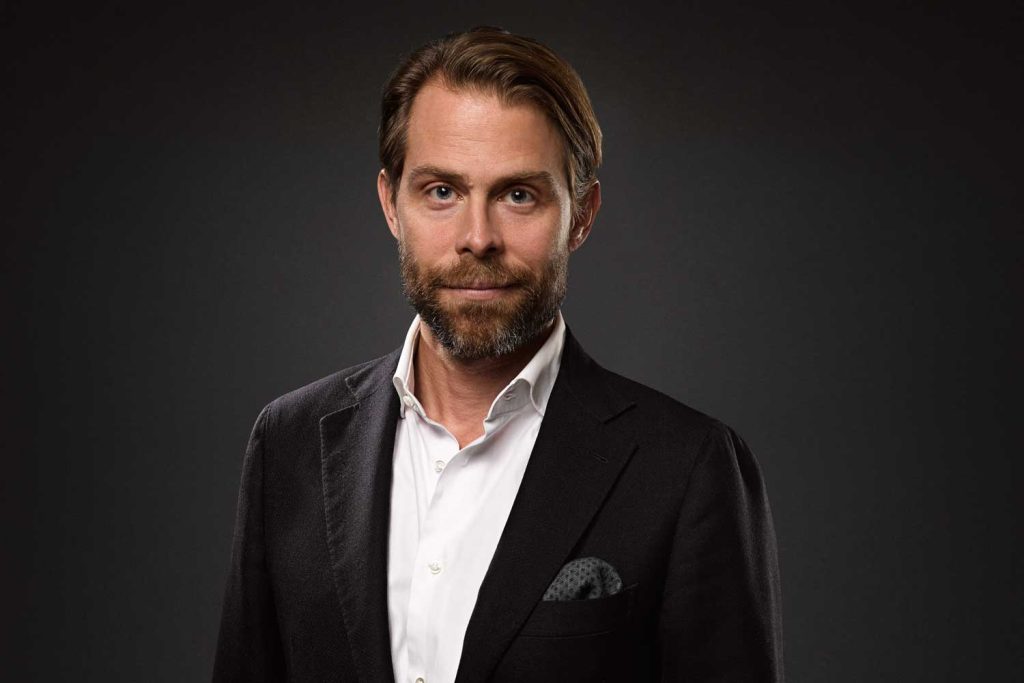
Rolf Studer, Co-CEO of Oris
The question of participation in Baselworld 2021 is now a big one hovering over many brands, including Oris. As Mr Studer pointed out in an interview, “The brands that left the show were vital to it. We now need to assess the situation and then we will decide if we will participate again.” He stressed, however, that they had not begun any discussions with Baselworld with regards to funding the 2021 show, and that all options are on the table.
Baselworld Needs To Act
While some of my colleagues may differ, I think this isn’t quite the death knell for Baselworld yet. It’s certainly on the operating table, but what it needs to do is significantly re-assess its purpose as a show, and organise itself in the appropriate way.
What should Baselworld stand for? It should be a platform for independent watch brands to demonstrate the rich inventory of Swiss watchmaking that exists across the board, a space where conversations on trends, changes, innovations and developments are exchanged, a forum and space for such conversations to take place among brands, journalists, retailers and suppliers.
It needs to be a space where every participant, big or small, is given more than an empty cubicle with a desk and a few chairs, a couple of power points and left to fend for itself. Small brands should not be relegated to the back, or a different level, or a different corner where no one can see them. Baselworld should have a communications arm that helps to drive attention to every brand, so they can showcase their wares in a fair and democratic manner, not just a corporatised, DIY attitude.
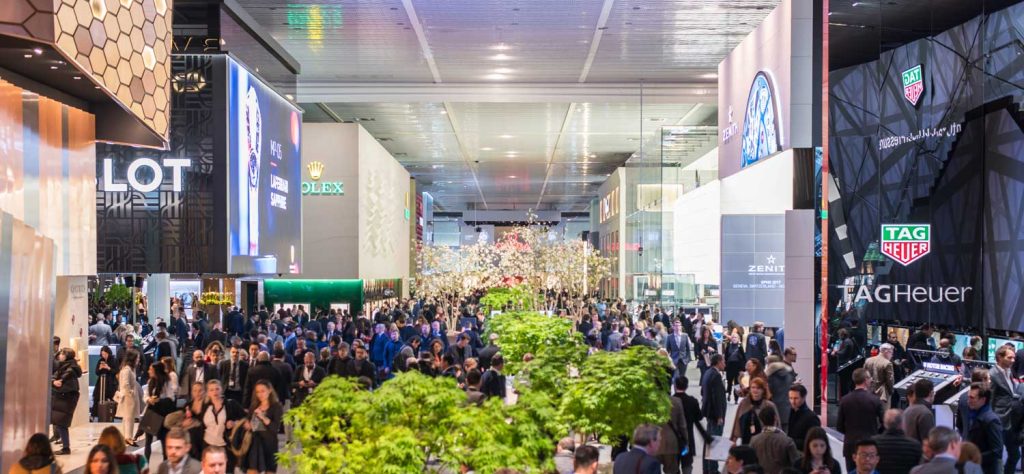
An extremely crowded entranceway into Baselworld's prime Hall 1.0
There should be spaces for conversations between leaders. There should be access, and possibly better and free high-speed Internet. There should be opportunities for visitors to gain insights from watch industry greats, for young brands to learn from older experts and exponents, and new participants to discover what makes Swiss watchmaking such a unique legacy industry that deserves to continue and thrive in the 21st century and onwards.
Mr Eggerding and Mr Studer both concur that the fair needs to re-orientate itself towards the people who support the industry, whether it’s collectors, retailers, the press and the brands and important figures of the watch industry. This isn’t the absolute end for Baselworld, but Baselworld needs to see it for what it is: a very big warning that the path it’s on, isn’t working out.










